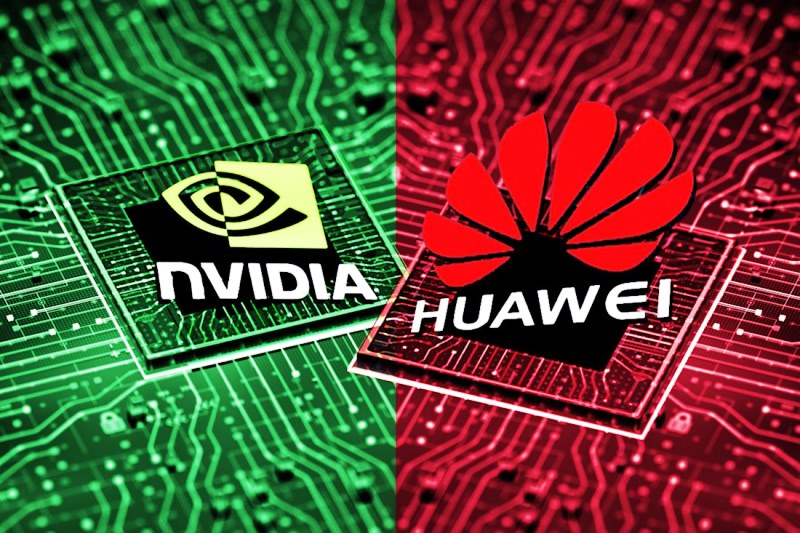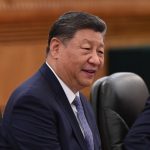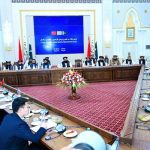Shanghai : Huawei has publicly disclosed its long-term semiconductor strategy for the first time, announcing plans to launch what it claims will be the world’s most powerful computing clusters. The move underscores China’s accelerating push to reduce reliance on foreign chipmakers like Nvidia.
Speaking at the Huawei Connect conference in Shanghai, rotating chairman Eric Xu outlined a roadmap for the company’s Ascend AI chips and Kunpeng server processors. Huawei will adopt an annual release cycle, doubling computing power with each new chip generation. The Ascend 950 is set to debut in 2026 in two variants, followed by the Ascend 960 in 2027 and the 970 in 2028.
Xu also revealed that Huawei has developed its own high-bandwidth memory (HBM), a breakthrough in a field long dominated by South Korea’s SK Hynix and Samsung Electronics
The company’s Atlas 950 supernode, scheduled for launch in Q4 2026, will support 8,192 Ascend chips. Huawei claims it will outperform global competitors across key metrics such as compute density, memory capacity, and interconnect bandwidth
The announcement comes amid rising tensions between the U.S. and China over technology dominance. Chinese regulators recently accused Nvidia of violating anti-monopoly laws and reportedly ordered tech firms to suspend purchases of its AI chips
Analysts view Huawei’s timing as strategic, ahead of a scheduled meeting between U.S. President Donald Trump and Chinese President Xi Jinping. “China is trying to show progress across multiple fronts,” said Alfred Wu of the National University of Singapore. “But the reality is that tensions with the U.S. are quietly escalating”
Huawei began its chipmaking journey in 2018 but scaled back public disclosures after U.S. sanctions in 2019. Since then, it has emerged as a key player in China’s domestic semiconductor efforts, with the Ascend 910C chip entering mass production earlier this year.














